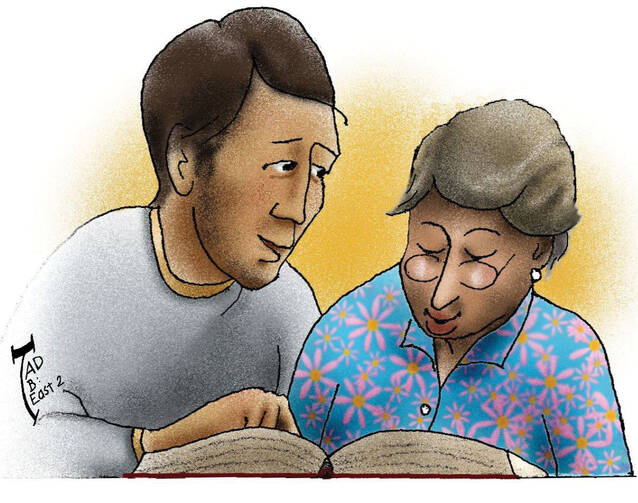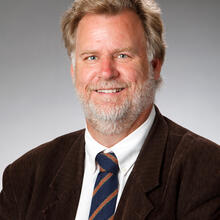One Heart and Soul
Many Catholics today are rightfully dismayed by divisive arguments among fellow Christians over matters as diverse as liturgy, the pope, politics and morality. Only the strong of heart dare venture near online comboxes on certain Catholic websites. Such disagreements, oftentimes petty, sometimes significant, stand in sharp contrast to the second summary in the Acts of the Apostles on the state of the early church.
According to Acts, “Now the whole group of those who believed were of one heart and soul, and no one claimed private ownership of any possessions, but everything they owned was held in common.... There was not a needy person among them, for as many as owned lands or houses sold them and brought the proceeds of what was sold. They laid it at the apostles’ feet, and it was distributed to each as any had need.” It is a beautiful image of the early church, strengthened by the story of Barnabas, which immediately follows these verses and describes him giving to the church the money gained from selling a plot of land.
It is an ideal picture, which is soon shattered by the story of Ananias and Sapphira, who also decide to sell a plot of land but hold back some of the money for a rainy day fund. Their behavior indicates a fissure among the early disciples and undercuts the claim that “everything they owned was held in common.”
Why does Luke include this story in Acts 5? It is a shocking story—both Ananias and Sapphira separately fall down dead immediately after their deceit is revealed—but it speaks to reality. Even in the heady days of the apostles, people were already seeking their own way and hedging their bets on the church.
The period of Easter brings into sharp contrast the stumbling ways of the believers, a feature found throughout the church’s history, and the steadfast love of God, which the psalmist tells us “endures forever.” As steadfast as God is, so we are fickle in the ways of God. And yet, as fickle and capricious as believers might be, there is persistence among the disciples of Jesus, who get up, brush the dirt from their clothes and move forward eager again to follow God in “one heart and soul.”
The Apostle Thomas gives us another image of the wavering disciple, but in this case one who remains in the fold. Thomas did not witness the risen Lord and so hedged his bets on the reality of the resurrection even as the other apostles were telling him, “We have seen the Lord.” Why would they lie to him in his grief? Still, he said, “Unless I see the mark of the nails in his hands, and put my finger in the mark of the nails and my hand in his side, I will not believe.”
Thomas persisted in his unbelief, unconvinced by the other apostles, until a week later, when Jesus’ disciples “were again in the house, and Thomas was with them. Although the doors were shut, Jesus came and stood among them and said, ‘Peace be with you.’ Then he said to Thomas, ‘Put your finger here and see my hands. Reach out your hand and put it in my side. Do not doubt but believe.’” Only then did Thomas answer, “My Lord and my God!”
How did the other disciples treat Thomas during that week? It seems that they did not cast him out for doubting, marginalize him or call him a “cafeteria apostle” but allowed him to remain with them. For his part, Thomas stayed with them, even in the midst of his doubt.
We all need and rely on the steadfastness of God at all times to support us when we are uncertain, but the support of other believers is essential, not “even” when we disagree, but especially when we disagree. Thomas did not believe initially and only believed when he saw Jesus in the risen flesh. “Jesus said to him, ‘Have you believed because you have seen me? Blessed are those who have not seen and yet have come to believe.’” Important in all of this, though, and often overlooked, is that in the midst of Thomas’s profound disagreement with the other disciples regarding Jesus’ resurrection, he remained within the fold of the brothers and sisters.
This article also appeared in print, under the headline “One Heart and Soul,” in the April 6, 2015, issue.








